I learned of a large mirliton farm in Cut Off, Louisiana, in 2009 and traveled there to meet its owner, Vivian Danos Arceneaux. I learned it had been grown for decades and after examining the variety, I told her I wanted to give it a name to help preserve and popularize it. Miss Vivian decided on the name “Papa Sylvest” in honor of her father, Sylvester Antoine Danos, Sr (1901-1998), who planted the first seed at their farm.
Miss Vivian is a mirliton grower extraordinaire. She had grown mirlitons for more than 60 years and had hundreds of feet of trellis and an advanced drainage system. She willingly shared her vast knowledge of the art of mirliton growing with me and donated several dozen Papa Sylvest sprouts to Mirliton.Org for other growers.
Miss Vivian retired from farming but is still alive and active in 2024 at the age of 97 years old in Lafourche Parish. Her nephew, Alvin “Butch” Orgeron, has kept the variety going with his enormous trellis in Thibodaux and is responsible for almost all the Papa Sylvest vines you see today in Louisiana.

Miss Vivian on her porch on the farm, 2010

Papa Sylvest Trellis

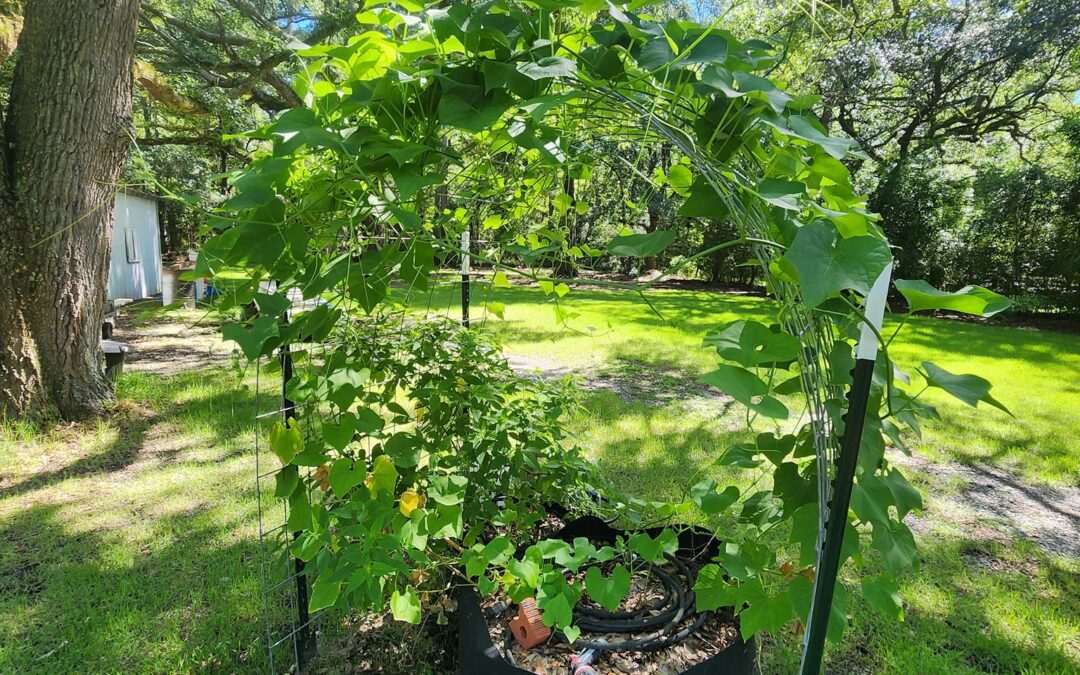
 We have a problem.
We have a problem.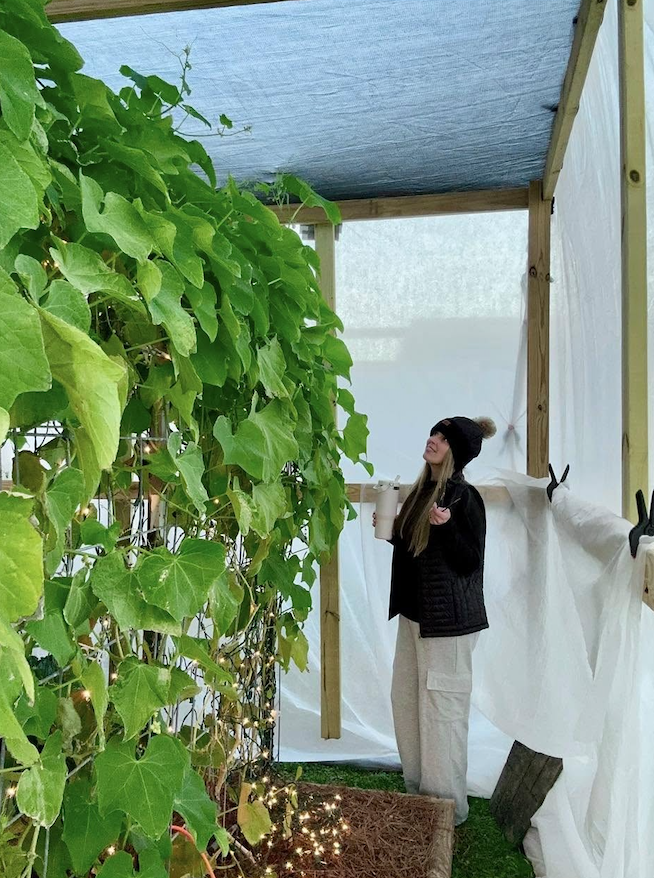
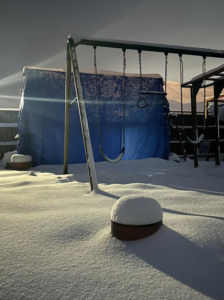
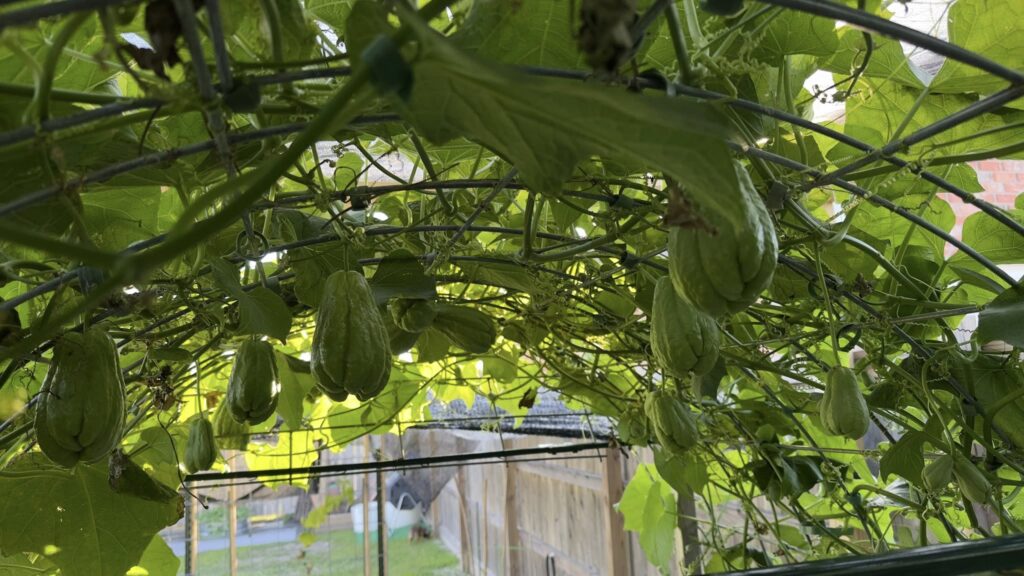
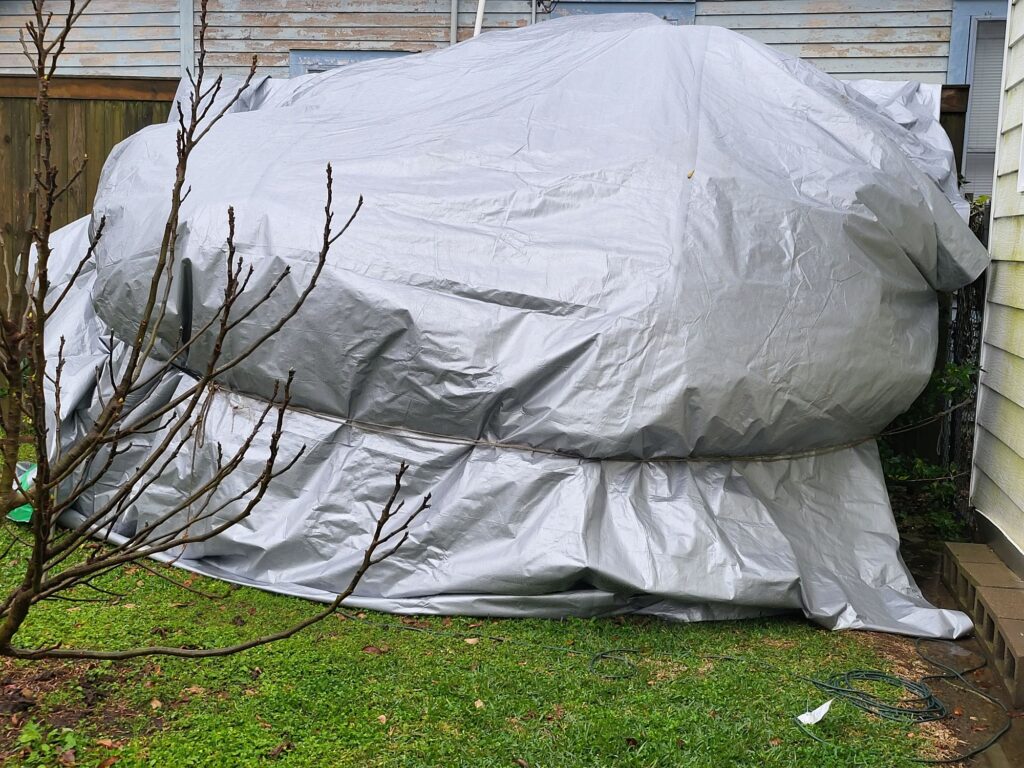
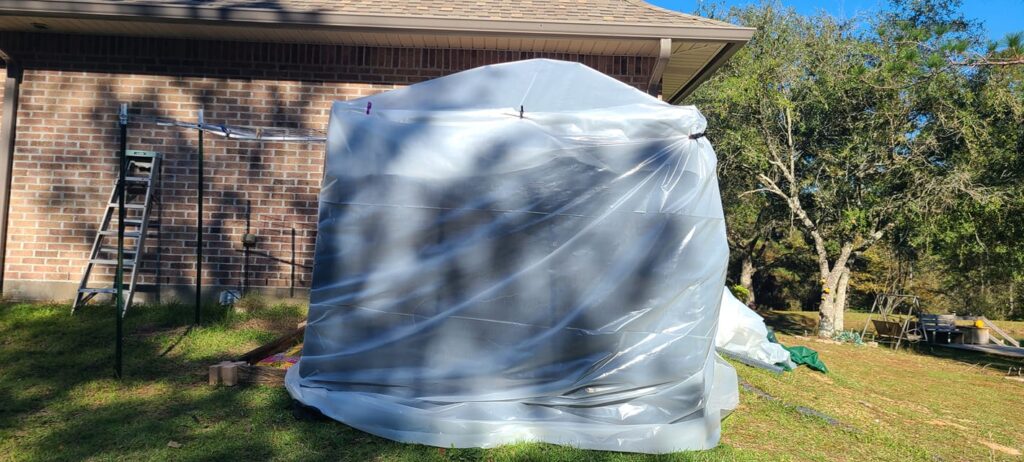
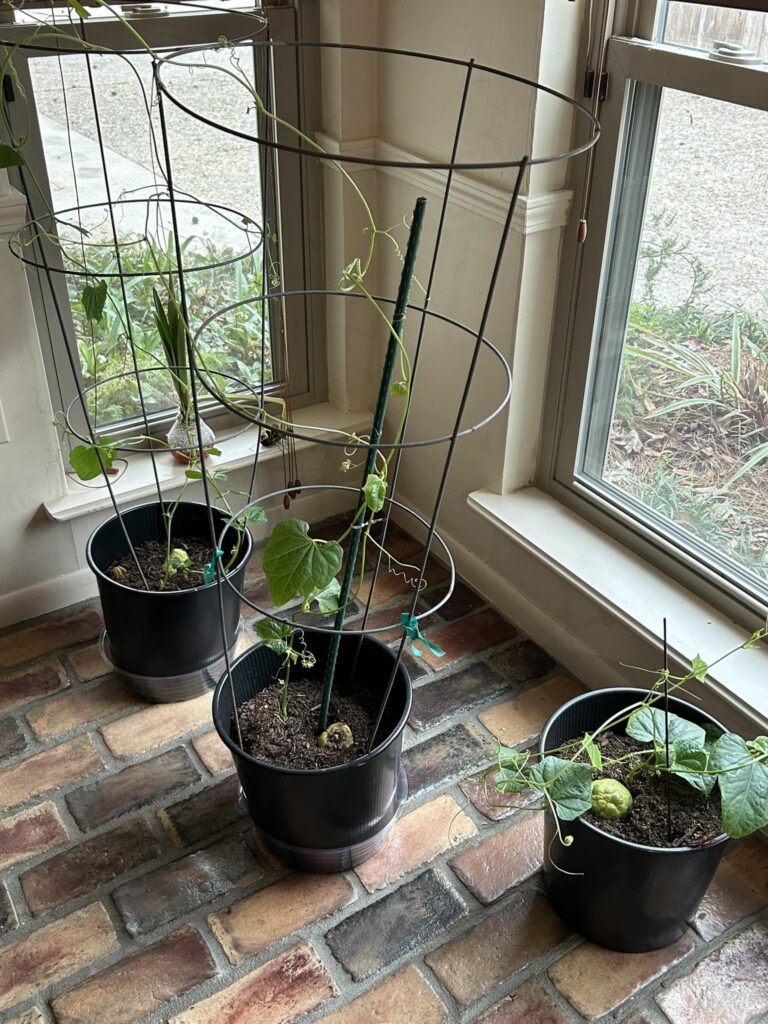
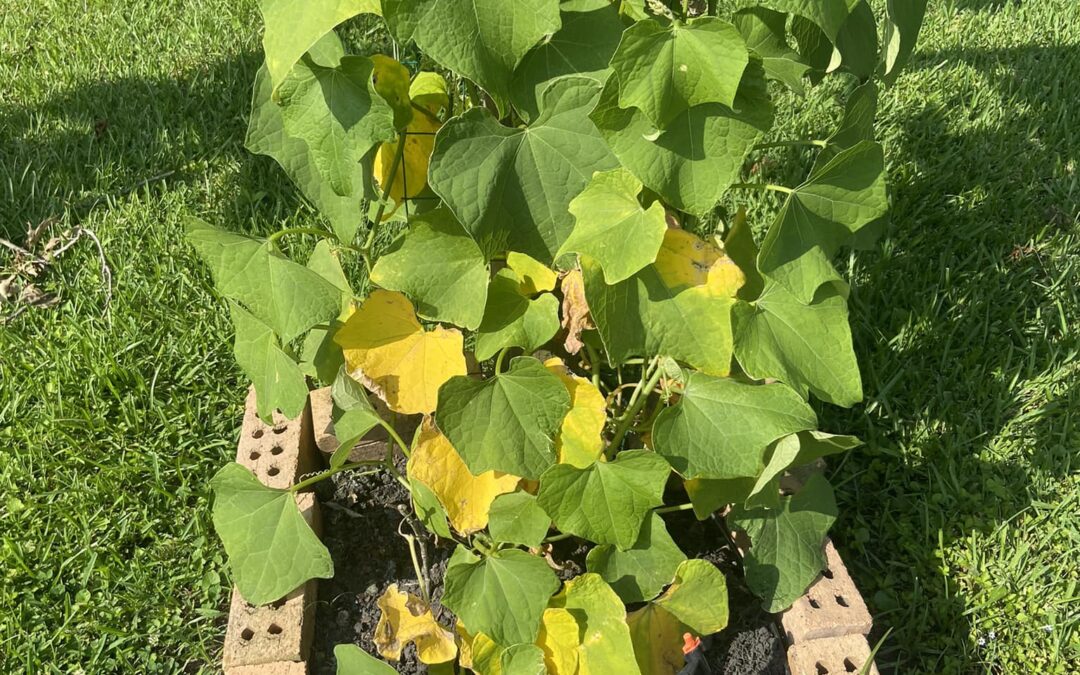

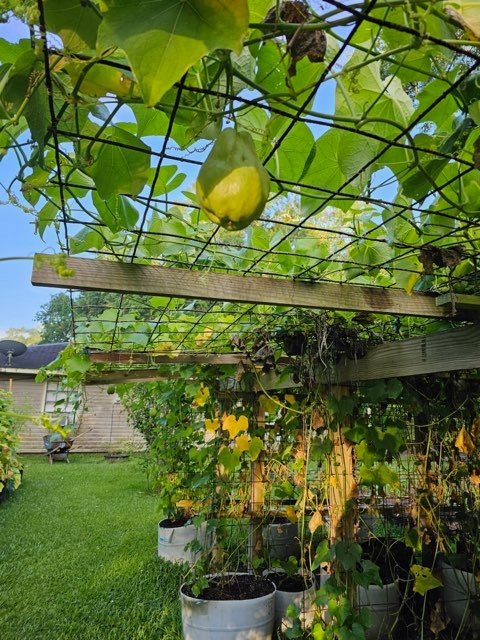
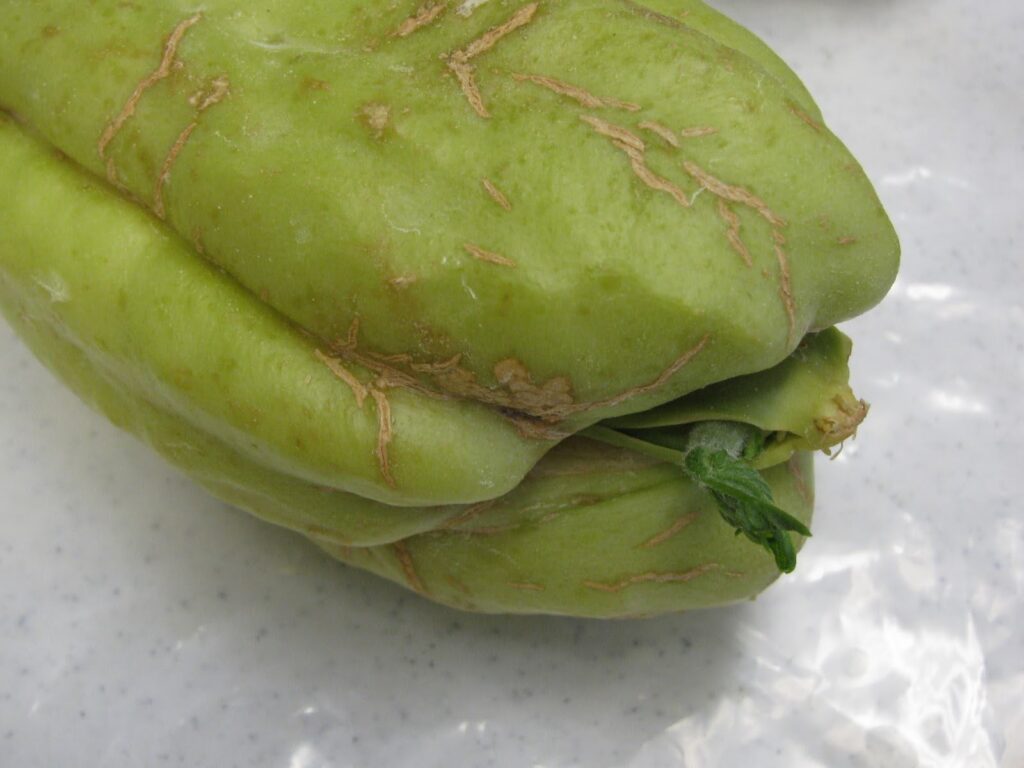

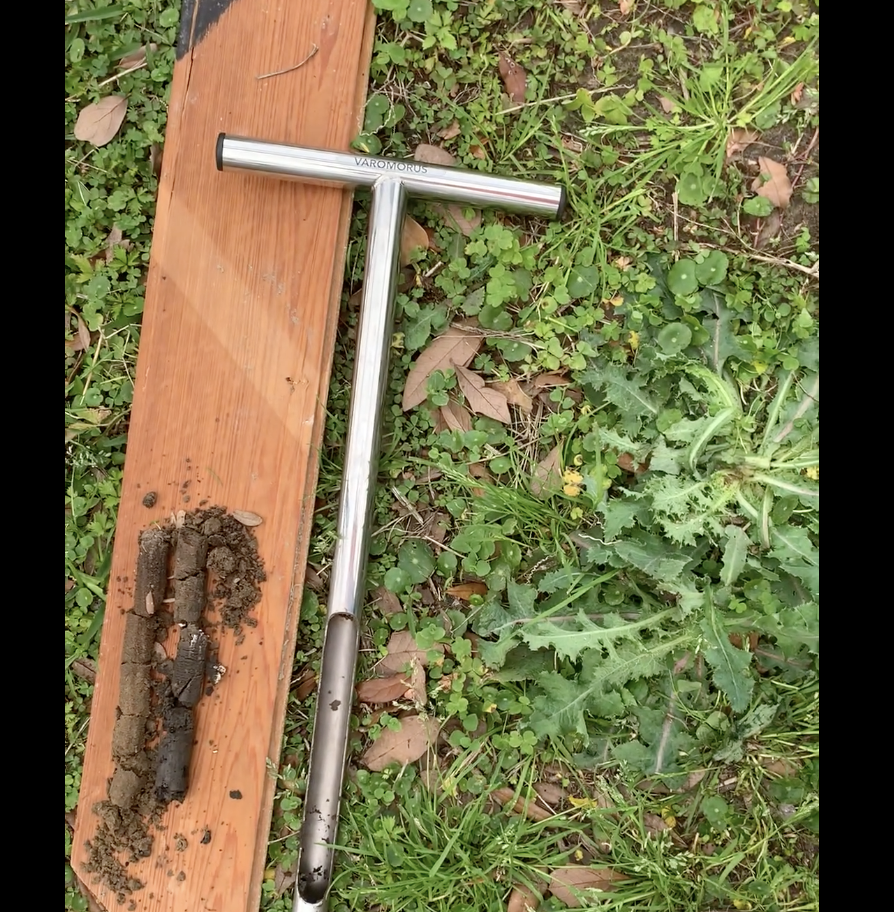 If you felt feverish and wanted to check your temperature, you wouldn’t guess; you would get a thermometer and take your temperature. Your garden soil is no different, and we now have a way to determine exactly how much soil moisture your mirliton has available: the soil sampler.
If you felt feverish and wanted to check your temperature, you wouldn’t guess; you would get a thermometer and take your temperature. Your garden soil is no different, and we now have a way to determine exactly how much soil moisture your mirliton has available: the soil sampler.